Maximizing Your Lift: How Much Does a Powerlifting Singlet Help in Competitive Performance?
Welcome to the world of powerlifting, where every kilogram counts and the minutiae of your equipment can be the difference between a good lift and a great one. As lifters, we meticulously scrutinize our training programs, nutrition, and recovery—but what about our attire? In particular, you might find yourself asking, "How much does a powerlifting singlet help?" It's a valid question, one that goes beyond just the aesthetics or meeting the requirements of competition regulations.
Whether you're stepping onto the platform for the first time or you're a seasoned competitor chasing a new personal record, the powerlifting singlet is more than just mandatory gear. It’s a second skin, designed to support your performance when it matters most. In this introduction, we'll embark on a journey to uncover the subtle yet impactful ways in which a well-selected singlet can enhance your competitive edge. So, buckle up as we dive deep into the world of powerlifting gear and unravel the performance benefits of the right singlet for your lifting aspirations.
Unraveling the Impact: How Much Does a Powerlifting Singlet Help?
When it comes to powerlifting, every detail counts. From the meticulous preparation of training cycles to the precise execution of each lift, athletes look for every possible edge. One aspect sometimes overlooked is the equipment, specifically the powerlifting singlet. A question often arises: how much can a singlet impact your performance on the platform?
Traditionally, the singlet has been seen primarily as a means of complying with competition regulations. Its primary goal is to provide judges with a clear view of the lifter's body to ensure proper execution of lifts per the rules. However, the advantages of a well-fitted singlet go beyond just meeting standard requirements. A singlet that fits like a second skin can indirectly improve a lifter's performance and even enhance their psychological state while on the competition floor.
Let's consider the psychological aspect first. On game day, where nerves can run high, comfort can play a pivotal role in a lifter's mindset. A singlet that fits well allows a lifter to focus intently on their technique rather than be distracted by ill-fitting gear. It provides a sense of security and confidence that can contribute to an improved mental state, which we know can be as crucial as physical strength when facing the barbell.
Furthermore, the design and material of a singlet can slightly influence the lifter's proprioception, or body awareness, during the lift. A powerlifting singlet made from a non-compressive, yet snug material can ensure that the lifter has proper awareness of their body's position without adding artificial tightness that could alter the mechanics of the lift. This can be significant, especially during the squat and deadlift, where small changes in kinesthetic feedback can impact performance.
In terms of physical performance, while a singlet itself does not add pounds to your total, its design can aid in ensuring that movements are made smoothly without unnecessary friction. High-quality singlets are designed to minimize restriction and allow for a full range of motion, ensuring that a lifter's technique is not compromised by their attire. This is particularly relevant when considering the depth of a squat or the lockout phase of a deadlift; the singlet should aid in confirming depth visually without catching on the knees or hips, which could hinder the movement.
Additionally, the tightness of a singlet can offer a minimal proprioceptive feedback loop, which some lifters find beneficial. The gentle pressure reminding them of their body's position and alignment during a lift can be a helpful cue, much like an athlete might use wrist wraps for similar feedback on wrist position during a bench press.
It's also worth noting that a singlet can potentially affect one’s psychological approach to competition. Stepping onto the platform in gear that is comfortable and makes you feel formidable can offer a psychological boost—often referred to as "enclothed cognition"—where the significance given to the clothing one wears in certain circumstances can affect their performance. By wearing a singlet that both meets regulation and offers a psychological lift, athletes may find themselves performing with increased confidence and focus.
Last but not least, the singlet's fit and cleanliness should also be taken into account. An ill-fitting singlet can lead to unwelcome shifting during a lift, potentially causing a distraction, and a singlet that has not been adequately maintained can become unsanitary or even deteriorate, affecting its functionality.
While the singlet's impact may be small compared to other factors such as technique and strength, it is not negligible. The right powerlifting singlet can add to the cumulative effect of many optimized elements, from psychological preparedness to unrestricted movement, all contributing to maximizing your lift on the platform. It’s about reducing any possible friction, literally and metaphorically, between the lifter and their best performance.
Singlet Advantage: Evaluating the Help
When it comes to the role of a singlet in powerlifting, its advantages often extend beyond the obvious. Powerlifting singlets are not just a uniform requirement; they can indeed play an integral role in how a lifter performs on the platform. A well-chosen singlet leverages the perfect balance between compliance with competition rules and performance enhancement.
- Ensuring Compliance: Firstly, powerlifting federations have specific requirements for singlets in terms of thickness, cut, and material. Singlets must be non-supportive fabrics and cannot provide any unfair mechanical advantage. Selecting the right singlet ensures that you are not disqualified on technical grounds and allows you to direct full focus towards your lifts.
- Freedom of Movement: A singlet’s design is conducive to unrestricted movement. During squats, deadlifts, and bench press, a singlet should accommodate deep hip and knee flexion, as well as overhead and shoulder motions without causing any hindrance or discomfort. The right singlet can enhance proprioception - the body's ability to sense movement, action, and location - and provide a mental boost by not hampering your lifting technique.
- Material Matters: Modern singlets are made from polyester, nylon, spandex, or a blend of these materials, offering varying degrees of elasticity and breathability. The right material choice contributes to muscle compression, which can aid in muscular performance and may reduce injury risk by keeping muscles warm and properly supported during lifts.
- Reduced Friction: Some singlets come with a slicker fabric on the thighs to reduce friction on the bar during the deadlift, potentially aiding the bar to travel smoothly up the legs. This can help minimize any unnecessary drag or catch on the singlet, streamlining the movement and possibly contributing to lifting a few more pounds.
- Psychological Edge: Competition singlets often come in a variety of colors and patterns. Choosing a singlet that you feel confident in can give a lift in morale and mental strength. While a singlet may not directly change the weight you can lift, the psychological confidence it imparts cannot be overlooked and is indeed a competitive advantage.
- Durability and Longevity: A quality singlet will endure the rigors of competition and repeated use during training sessions. When a singlet retains its shape and compression capabilities over time, it offers consistent performance benefits and reduces the need for frequent replacements, saving resources and ensuring reliability on the day of competition.
Aside from the enumerated points, the advantage of a singlet in a powerlifting meet can also extend to how it's perceived by the judges. It’s essential that the singlet does not create any confusion or distractions that could interfere with the clear assessment of a lift. A singlet that fits well against the body allows judges to accurately see the lifter's form and depth, particularly in the squat, which can be the difference between a good lift and a failed attempt.
Moreover, the psychological and physical comfort provided by a good singlet ensures lifters can focus on their performance without being distracted by ill-fitting gear. Ensuring a snug, yet comfortable fit that does not ride up or shift, a singlet supports the lifter through all stages of a lift, from setup to lockout.
It is essential for lifters to try on different styles and sizes prior to competition to determine the best fit. This will allow for sufficient time to test the feel during training lifts and get accustomed to the sensation of lifting in a competition-grade singlet.
In conclusion, while a singlet alone might not directly put kilos onto your total, its influence on performance is non-negligible. A powerlifting meet is an environment where every little detail counts. The right singlet aligns with the mental and physical demands of the sport, indirectly influencing the outcome by ensuring confidence, legal compliance, and optimal movement execution. When the marginal gains of each aspect of your equipment are considered, together they create a significant sum of performance enhancement. This makes the search for the right singlet not just a matter of formality but an integral part of your competitive strategy.
Singlet Benefits: How Much Help?
When it comes to powerlifting, every kilogram matters. It’s a sport where progression is measured in incremental gains, and optimizing performance is paramount. As such, powerlifters are always on the lookout for any edge that can be leveraged on competition day. The singlet, while simple in appearance, is a piece of gear that offers a range of benefits that can potentially translate into better lifts. In the world of strength sports, the question often arises: just how much does the singlet contribute to a lifter’s success? In this segment, we’ll explore the singlet’s impact and discuss the primary ways it may elevate a competitor's performance.
A key aspect of powerlifting singlets is their tight, body-hugging design which can lead to better proprioception. This heightened awareness of the body in space can amplify a lifter's ability to maintain proper positioning and technique during heavy lifts. Furthermore, the singlet's snug fit ensures minimal friction between the fabric and the skin, promoting a smoother lift and reducing the potential for snagging or catching during the performance of a lift.
Another benefit to consider is the psychological factor. Wearing a singlet often signifies that it's game-day, which may mentally prepare and excite a lifter for peak performance. This psychological boost, akin to an athlete donning their team’s colors, can't be discounted in a sport as mental as it is physical. Moreover, wearing a uniform that adheres to competitive standards not only meets regulations but can also integrate a sense of professionalism and discipline into one's approach.
From a regulatory standpoint, singlets are mandatory in competition primarily for uniformity and to assist judges in discerning proper lift completion. To demonstrate this point, let’s review some of the singlet features and their perceived benefits:
| Feature | Benefit | Impact on Lifter |
|---|---|---|
| Material Elasticity | Allows for a full range of motion without restriction | May enhance performance due to unimpeded movement |
| Tight Fit | Improves proprioception and body awareness | Contributes to improved technique and stability in lifts |
| Friction Reduction | Limits external fabric interference with the bar path | Facilitates a smoother execution of lifts |
| Competition Mandate | Ensures adherence to sport regulations | Provides confidence and ensures no penalties for equipment infractions |
| Psychological Association | Puts athletes in a competitive mindset | May lead to enhanced focus and arousal levels appropriate for maximal efforts |
Go shopping
Dissecting these benefits, one can argue that while a singlet may not directly add kilos to your total, it is instrumental in paving the way for optimal performance. Choosing the right singlet, therefore, becomes not just about compliance, but also about maximizing the aforementioned benefits. It's crucial for a lifter to select a singlet that provides adequate compression without restricting movement, tailored to meet their individual needs and preferences.
Comfort is another factor that is often overlooked. A singlet that causes distraction or unease will undoubtedly detract from performance. Attention must be paid to the material composition, stitching, and overall fit when choosing a singlet. A well-fitting singlet becomes something you don’t notice when lifting – which is precisely the point. It should complement your efforts rather than become a focal point.
On the practical side, durability is key. A singlet must withstand the rigors of training and competition without losing shape or compromising elasticity. The longevity of a singlet ensures that the athlete becomes accustomed to their gear, allowing for consistency and reliability when it matters most.
In conclusion, while the singlet may not act as a magical apparatus for boosting your lifts, it is undeniably an integral part of the powerlifter's arsenal. It fulfills both physical and psychological functions that can subtly improve performance. Ensuring you’re dressed in the right singlet might just make the difference when you’re grinding through those last crucial kilograms on the platform.
Singlet Edge: Assessing the Help
When a powerlifter steps onto the platform, every detail counts; from the chalk on their hands to the singlet hugging their frame. The singlet is not merely a uniform but can be a tool that contributes to a lifter's performance. While the singlet alone won't add kilos to your total, making an informed choice about this essential piece of gear can indeed make a difference.
To fully understand the advantages of a powerlifting singlet, we delve deeper into its intricacies. One key element is the material. High-quality singlets are typically made of polyester or a blend that includes spandex or lycra, giving them a desirable level of compression. This snug fit leads to reduced muscle oscillation during lifts, which in turn may lead to improved proprioception – the body's ability to sense movement, action, and location. It's akin to having a constant reminder of your body's position in space, which is crucial during complex movements like the squat, bench press, and deadlift.
In addition to enhancing proprioception, the compressive nature of a singlet may also contribute to a psychological phenomenon known as the 'enclothed cognition'. This theory suggests that the clothing a person wears can influence their psychological processes. When a lifter dons a singlet, they often report feeling more prepared, more professional, and in the right mindset for competition. In this way, the singlet can psychologically prime an athlete for optimal performance, potentially leading to better outcomes on the platform.
Another consideration when assessing the edge a singlet provides is its impact on judging. A well-fitted singlet ensures that officials have a clear view of the lifter's body and allows for precise assessment of each lift's legality. Singlets that are too loose may bunch up or obscure the judge's perspective, resulting in potentially unfair calls. By choosing the right fit, athletes can ensure the officials' commands and decisions are influenced only by their performance, rather than their attire.
The design and cut of the singlet also play an essential role. Manufactured with a lifter's movements in mind, a good singlet offers an unrestricted range of motion. This freedom is crucial, particularly for the squat, where hip and shoulder mobility impact depth and form. When lifters have confidence in their gear, knowing it won't impede their technique, they can fully commit to each lift with greater assertiveness.
It's also worth discussing the potential for singlets to assist in the bench press. Powerlifting singlets aren't designed to store elastic energy like specialized bench shirts, but a well-fitted, high-quality singlet can offer a subtle 'grip' against the bench. This can prevent slipping during the set-up and execution of the lift, promoting stability and allowing the lifter to maintain optimal positioning throughout the movement.
Lastly, let's not overlook the importance of the singlet's psychological impact in projecting confidence. When you select a singlet representing your team, gym, or personal style, it can elevate your mental game. Walking out in a singlet that you feel good wearing, that signifies your commitment to the sport, can instill a sense of pride and boost morale. Confidence, as any seasoned lifter knows, can be just as critical as physical strength when it comes to pushing through boundaries and setting new personal records.
In sum, while the singlet may not directly add pounds to your total, its indirect benefits cannot be ignored. A singlet offers physical comfort, psychological confidence, and compliance with competition standards. It's not a magic garment, but when you step onto the platform, feeling secure in a singlet that's been selected with care can subtly enhance your performance, pushing you just that little bit further toward your lifting goals.
Remember, in the realm of competitive powerlifting, every minor detail contributes to your success. The singlet, therefore, should not be underestimated. Careful selection can offer that slight 'edge', which can sometimes be the difference between simply lifting and lifting for the win.
Gauging Singlet Help: How Much?
When we consider the nuanced aspects of competitive lifting, the question of apparel efficacy often comes into the spotlight. The singlet, a ubiquitous piece of attire for powerlifters, may appear unassuming, yet it carries a certain significance in the realm of performance enhancement. In scrutinizing the level of assistance provided by a powerlifting singlet, we must dissect the elements that contribute to its practicality during competition.
Comfort and concentration form the foundation of successful lifts. A well-designed singlet fits snugly to the body, reducing potential distractions that loose garments might cause. The last thing a lifter needs is to be adjusting their clothing when they should be focusing on the task at hand. The psychological aspect should not be underestimated; a singlet that instills confidence can positively influence a lifter's performance. When you’re enclosed in a suit that feels like a second skin, the mental reassurance it provides can be as valuable as the physical benefits.
Additionally, a powerlifting singlet is crafted to facilitate a full range of motion. Proper technique is paramount in lifts like the squat, bench press, and deadlift, which are the core of competitive powerlifting. The stretchable fabric typically used in singlet manufacturing ensures that the material does not restrict joint movement, thereby allowing lifters to perform each exercise with optimal biomechanical efficiency. This, in turn, eliminates unnecessary energy expenditure on compensating for limited motion, channeling all that power directly into the lift itself.
Visibility is another key factor where singlets provide indispensable help. Judges must observe a lifter’s form and technique closely to ensure that each lift adheres to strict standards. A singlet's form-fitting nature allows judges to accurately assess the lifter's posture, depth in a squat, or lockout in a deadlift. A singlet that helps judges see exactly what they need to can be the difference between a successful lift and one that's red-lighted for a technicality.
The fabric of a singlet can also contribute marginally to performance. High-end singlets incorporate materials that provide slight compression, which can aid in muscle stabilization and proprioception. While the influence on actual lift numbers might be minimal, any edge is sought after in competitive lifting. The compression feeling might also contribute to increased psychological readiness, making the lifter feel primed and ready to conquer the weights.
Honing in on the advantages of a powerlifting singlet, we must acknowledge that it does not magically enhance strength or power; rather, it supports a lifter's ability to express their strength fully. The lack of tangible weight assistance from the singlet contrasts with the undeniable practical benefits it presents. The right singlet primarily provides a mental boost and mitigates minor logistical hurdles that could otherwise impair lifting efficiency. Its role is one of subtle facilitation, yet in a sport defined by marginal gains, these nuances can be integral for a powerlifter’s success.
In summation, the help afforded by the singlet focuses on maximizing comfort, ensuring a full range of motion, offering visibility for proper judging, and potentially aiding in muscle stabilization and psychological readiness. These facets combine to create an environment where the lifter is positioned to perform at their peak. Although it is the lifter's training, technique, and determination that are most critical, a singlet appropriately selected and worn can serve as a valuable ally in the quest to achieve personal bests and championship titles.
Conclusion on How Much Does a Powerlifting Singlet Help?
As we reach the end of our exploration into the role of powerlifting singlets, it becomes evident that the question, "How much does a powerlifting singlet help?" cannot be answered with a simple number or a one-size-fits-all statement. While the singlet itself may not directly add pounds to your total lifts, the psychological and regulatory benefits it provides cannot be disregarded. Confidence, comfort, and compliance with competition standards are crucial factors in a lifter's performance; these are the domains where a singlet truly shines.
A well-chosen singlet impacts the lifter's state of mind and readiness, creating an environment for optimal focus and execution. Furthermore, in a sport where every detail counts, the lack of distractions and the allowance of smooth, unimpeded movement can mean the difference between a missed lift and a new personal best.
In conclusion, while the performance enhancement from a powerlifting singlet might not be measurable in the direct sense of added kilos, the advantages it brings to the platform are integral to the competitive lifter's arsenal. It's the sum of these subtleties that helps to maximize one's lifting potential. Whether you're a newbie or a seasoned athlete, investing in a quality singlet can contribute to the precision, legality, and psychological edge needed for those looking to push their limits and excel in the sport of powerlifting.
FAQs for How much does a powerlifting singlet help?
What are the main benefits of wearing a powerlifting singlet during competition?
The primary benefits of a powerlifting singlet are related to comfort, performance, and adhering to competition regulations. Singlets are designed to provide a snug fit that reduces friction and prevents excess material from getting in the way of lifts. This can potentially improve kinesthetic awareness and movement efficiency. Additionally, a well-designed singlet can help in maintaining optimal body temperature and reducing muscle oscillation, which might contribute to enhanced muscle function and lift stability.
Can a singlet directly increase the amount I can lift?
While a singlet does not have built-in features to directly increase the weight you can lift, such as supportive gear like squat suits or bench shirts, it does play an indirect role. By allowing freedom of movement and reducing distractions, a singlet helps you to perform at your best, which might lead to improved lifts. However, the increase in performance comes from your training, skill, and execution of technique, with the singlet ensuring no external clothing factors hinder your lift.
How do I choose the right singlet for my powerlifting competition?
To choose the right singlet, you need to consider several factors: fit, material, comfort, and compliance with federation rules. A good singlet should fit tightly to your body but not restrict your movements. The material should be durable, breathable, and provide an element of compression. Make sure it's comfortable to wear for long periods since meets can be lengthy. Lastly, verify that the singlet complies with the specific regulations of the powerlifting federation you are competing in, as they may have requirements regarding material thickness, logos, and cut.

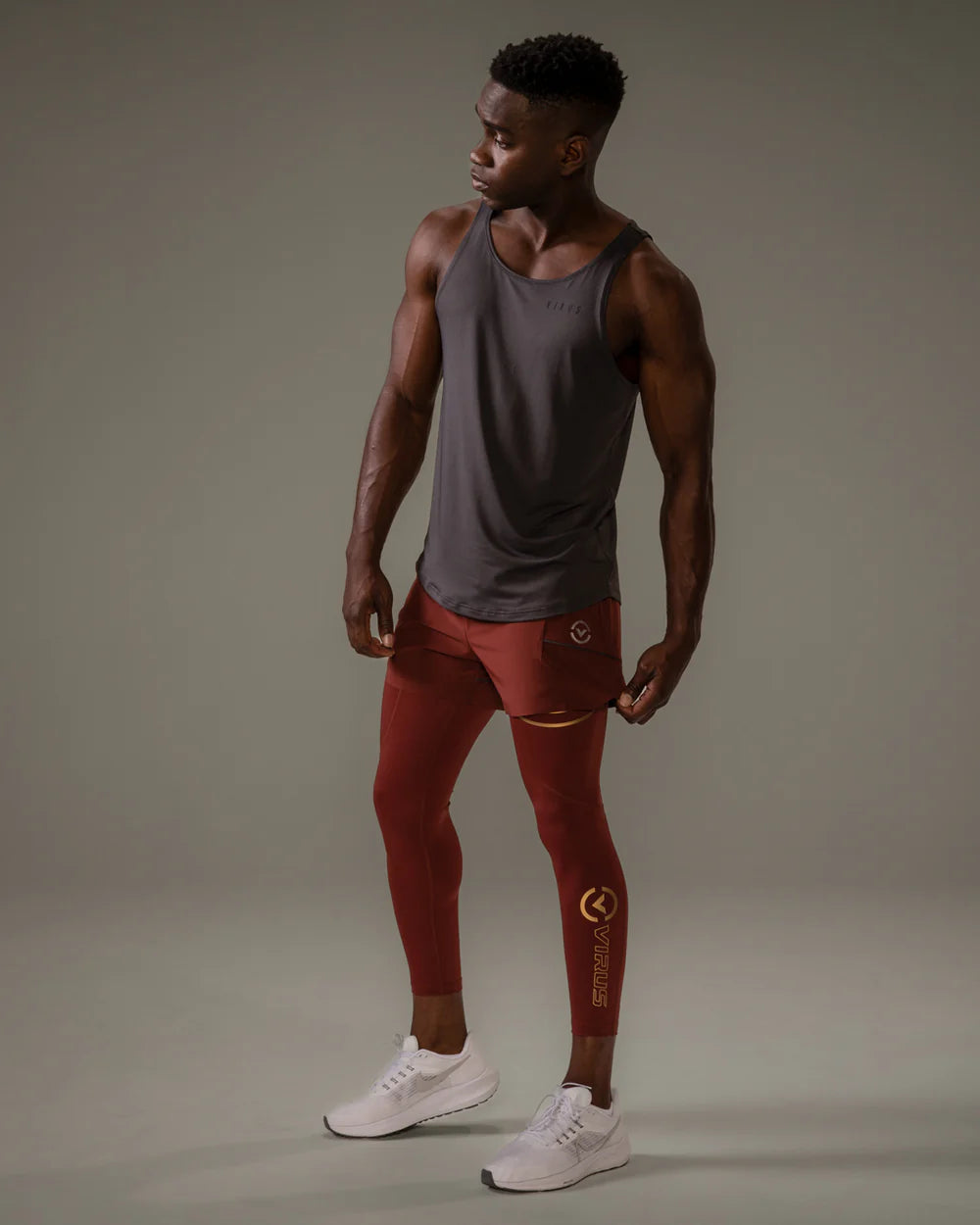
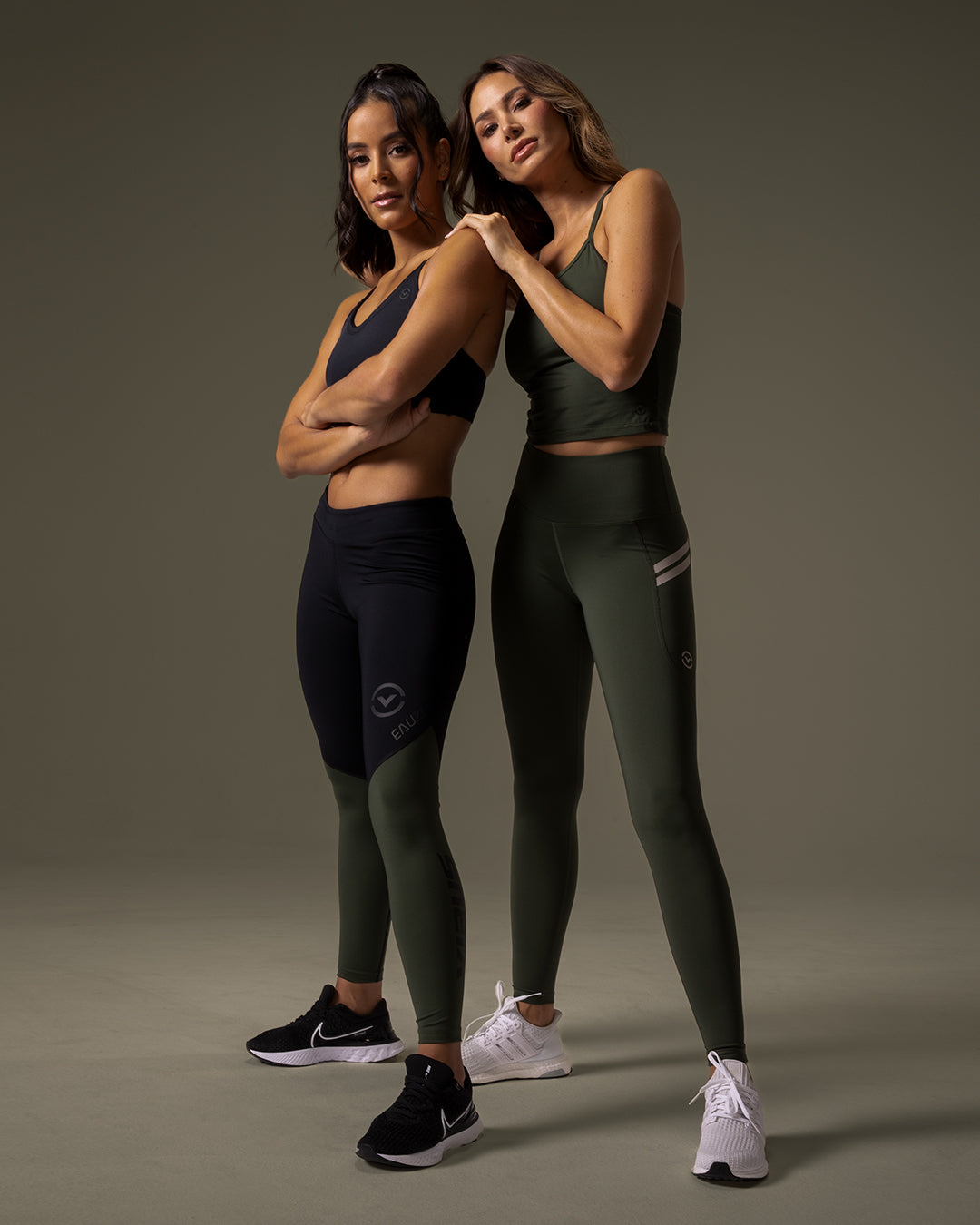
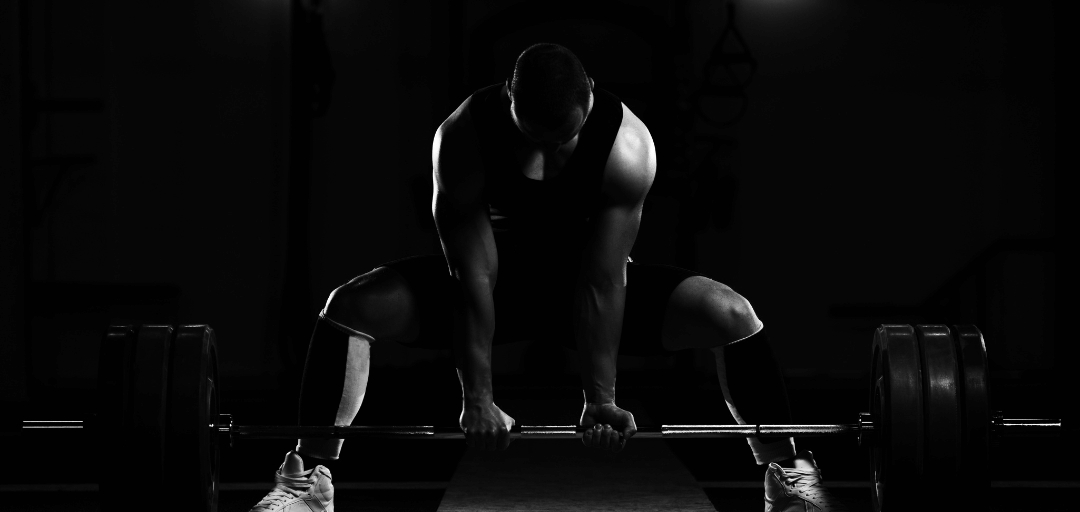


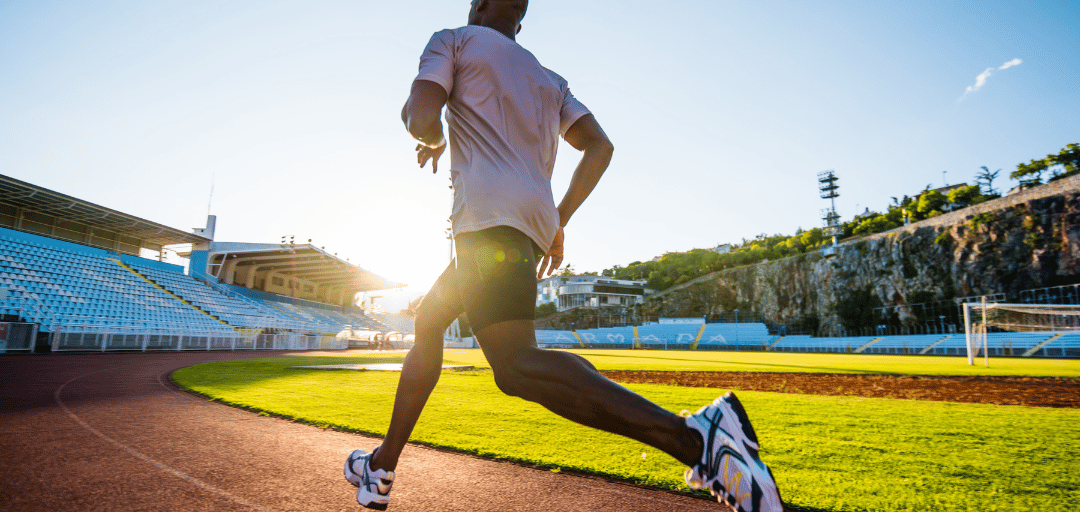
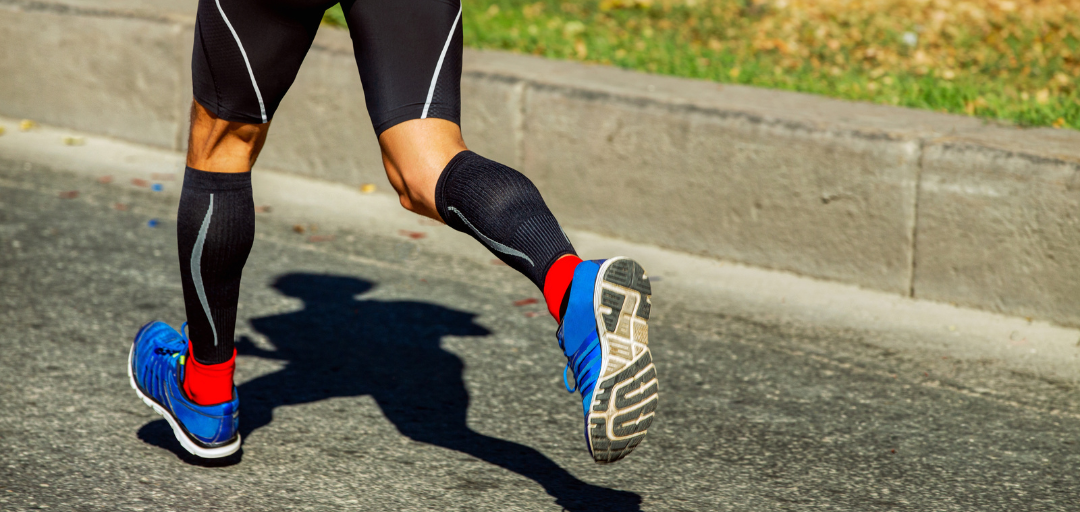
Leave a comment
This site is protected by hCaptcha and the hCaptcha Privacy Policy and Terms of Service apply.